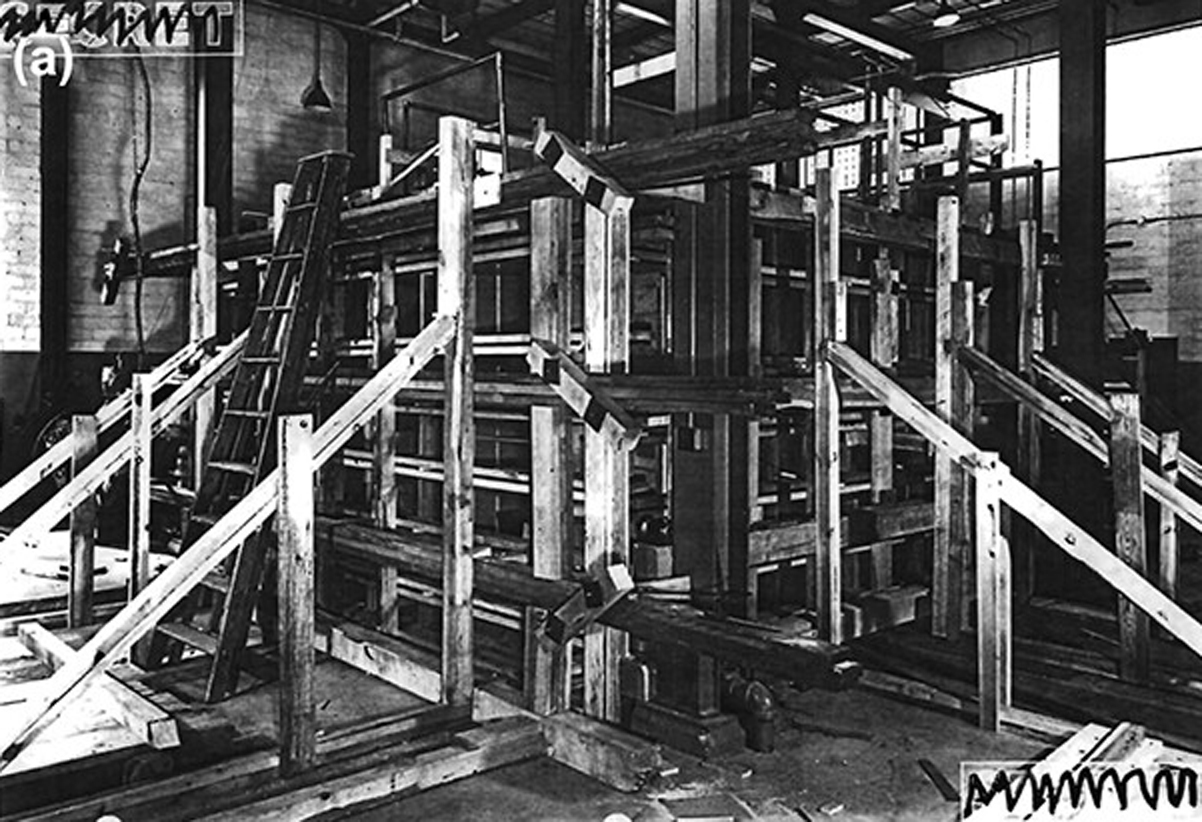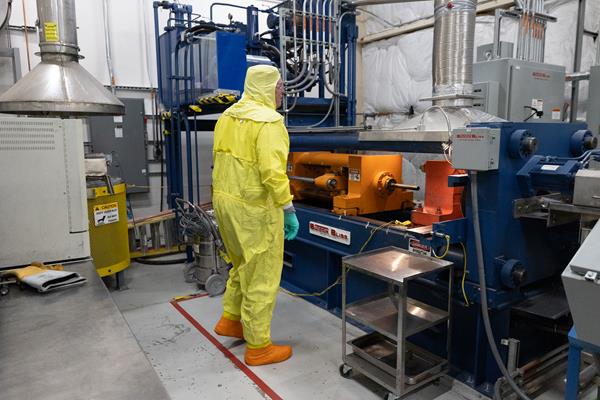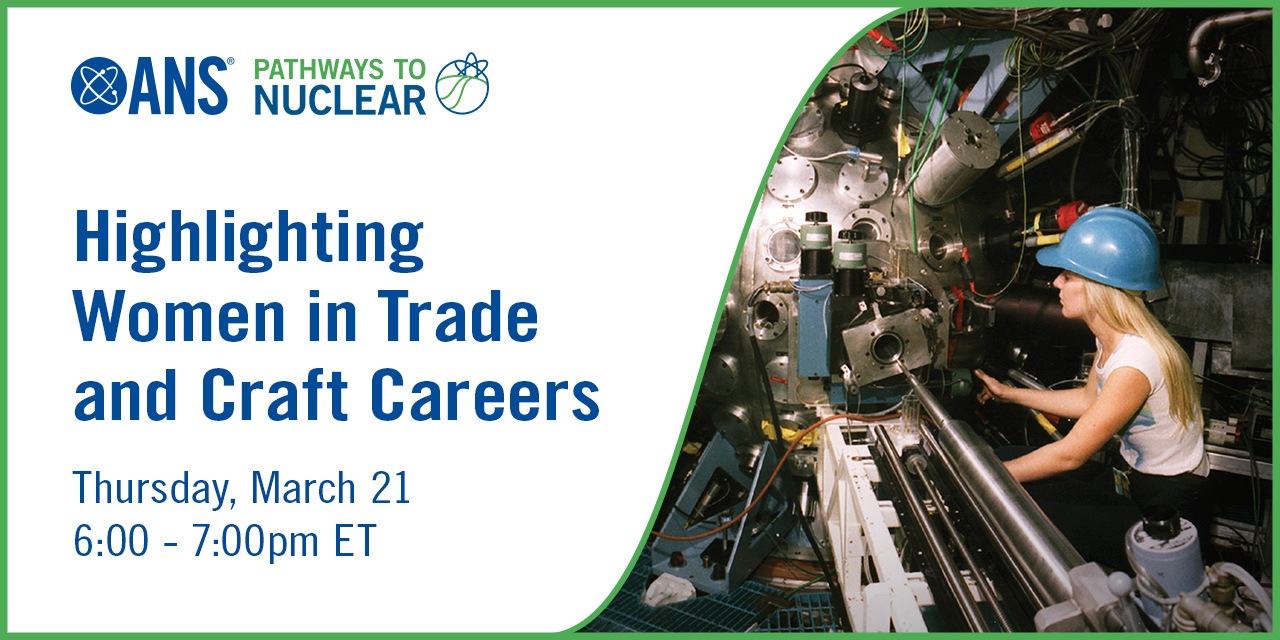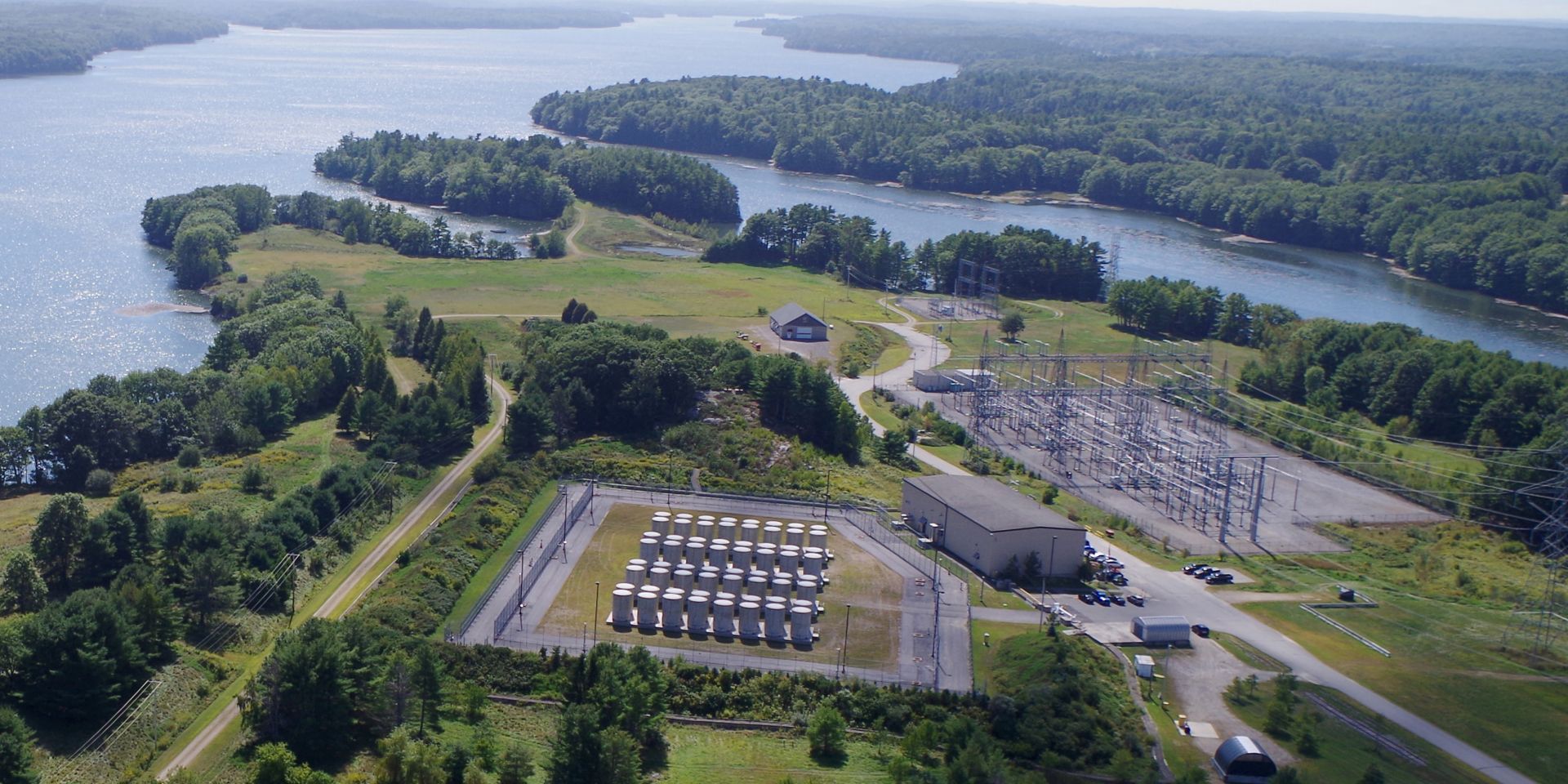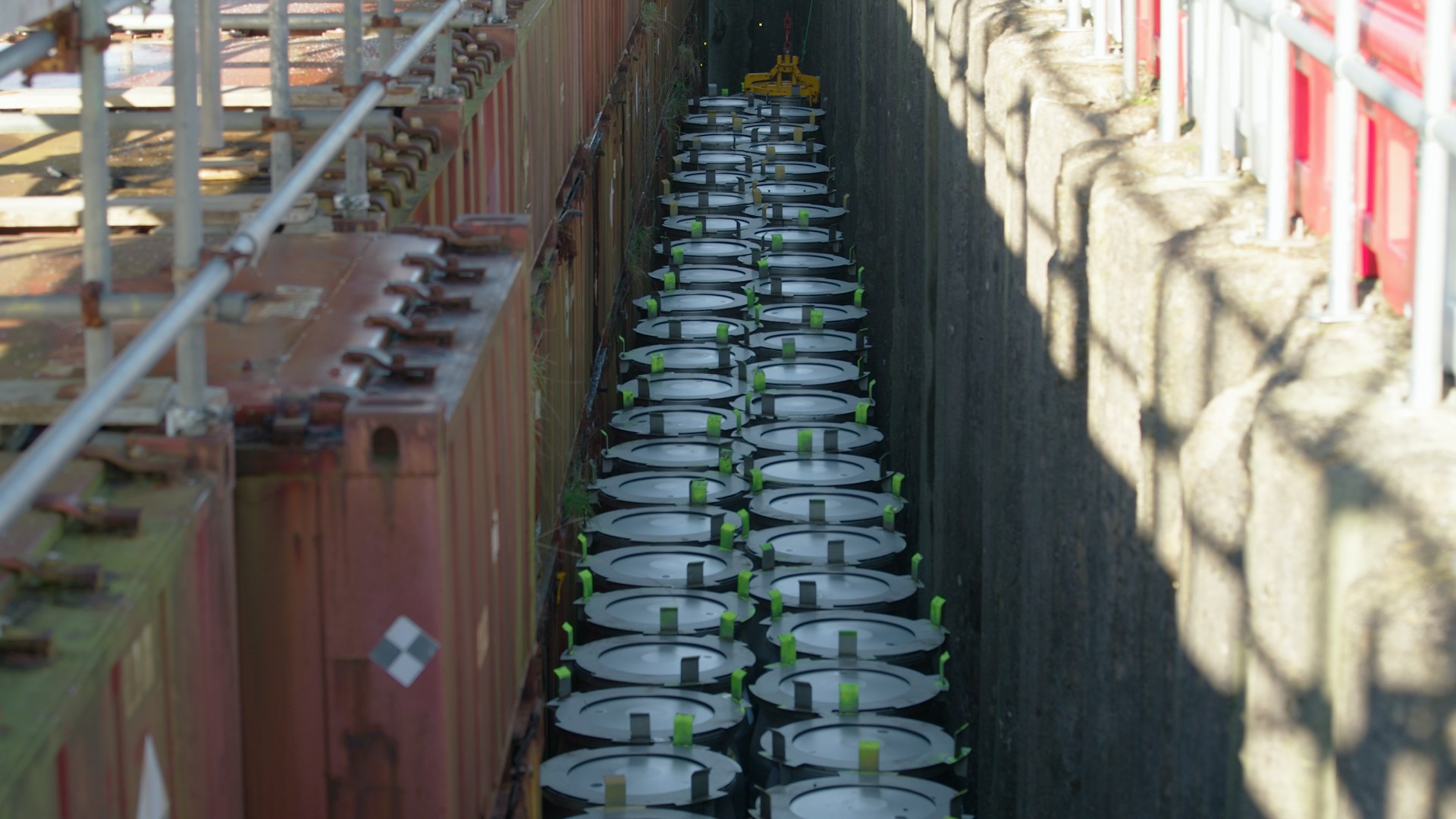X-energy employees gathered for a ribbon-cutting at its new training facility, Plant Support Center. (Photo: X-energy)
X-energy has opened a regional operations and training center aimed at supporting future deployment of its advanced modular nuclear reactor fleet and the operators who will run it.
The exterior of the Clementine nuclear reactor at Los Alamos Scientific Laboratory. (Photo: LANL)
In March 1949—75 years ago this month—the 25-kilowatt reactor known as Clementine reached full power. As an experimental reactor, it had a rather long and successful run. It was the world’s first fast neutron (high-energy) reactor and operated from initial criticality in 1946 to final shutdown in 1952.
The Penn State RSEC recently received a SANS device. (Photo: Poornima Tomy/Penn State)
Staff and researchers at Penn State’s Radiation Science and Engineering Center (RSEC) will work this year to install a small angle neutron scattering (SANS) device and become the first and only U.S. university research reactor to host SANS capability. The $9.8 million device, donated by Helmholtz Zentrum Berlin (HZB) in Germany, will help researchers determine the structure of organic materials such as polymers, complex fluids, and biomolecules.
A view of Diablo Canyon nuclear power plant from the water. (Photo: California Coastal Commission)
The owners of the Diablo Canyon nuclear power plant plan to dredge a massive buildup of shoaled sediment from its seawater intake cove.
Pacific Gas and Electric spokesperson Suzanne Hosn said, “The dredging project in the Diablo Canyon marina will remove approximately 70,000 cubic yards of sediment to prevent circumstances that could impact the power plant’s cooling system. Dredging will take place for the first time since operations began because of a rapid increase in sediment.”
The extrusion in progress. (Photo: INL/Lightbridge)
Lightbridge Corporation announced today that it has reached “a critical milestone” in the development of its extruded solid fuel technology. Coupon samples using an alloy of zirconium and depleted uranium—not the high-assay low-enriched uranium (HALEU) that Lightbridge plans to use to manufacture its fuel for the commercial market—were extruded at Idaho National Laboratory’s Materials and Fuels Complex.
The site of the Maine Yankee nuclear power plant, which was decommissioned in 2005. As with its sister plants Yankee Rowe and Connecticut Yankee, all that remains of the site is the plant ISFSI. Without a national waste management solution, spent fuel will continue to sit at sites such as these. (Photo: Maine Yankee Atomic Power Company)
After decades of false starts, U-turns, and stasis, the United States has arrived at a de facto solution for its high-level nuclear waste: Leave it in storage where it was produced, no matter how many tens of billions of dollars it costs, what impediments it raises for nuclear expansion, or what burdens it creates for the reuse of old reactor sites.
Dumb as it sounds, this is keeping all the major players happy. And it avoids alternative pathways, each of which has problems.
Waste drums at the Winfrith site's treated radwaste storage facility. (Photo: NWS)
More than 1,000 drums of low-level radioactive waste in the United Kingdom have been safely disposed of earlier than expected. The project was completed through the collaborative work of Nuclear Waste Services (NWS), Nuclear Restoration Services (NRS), and Nuclear Transport Solutions (NTS).



